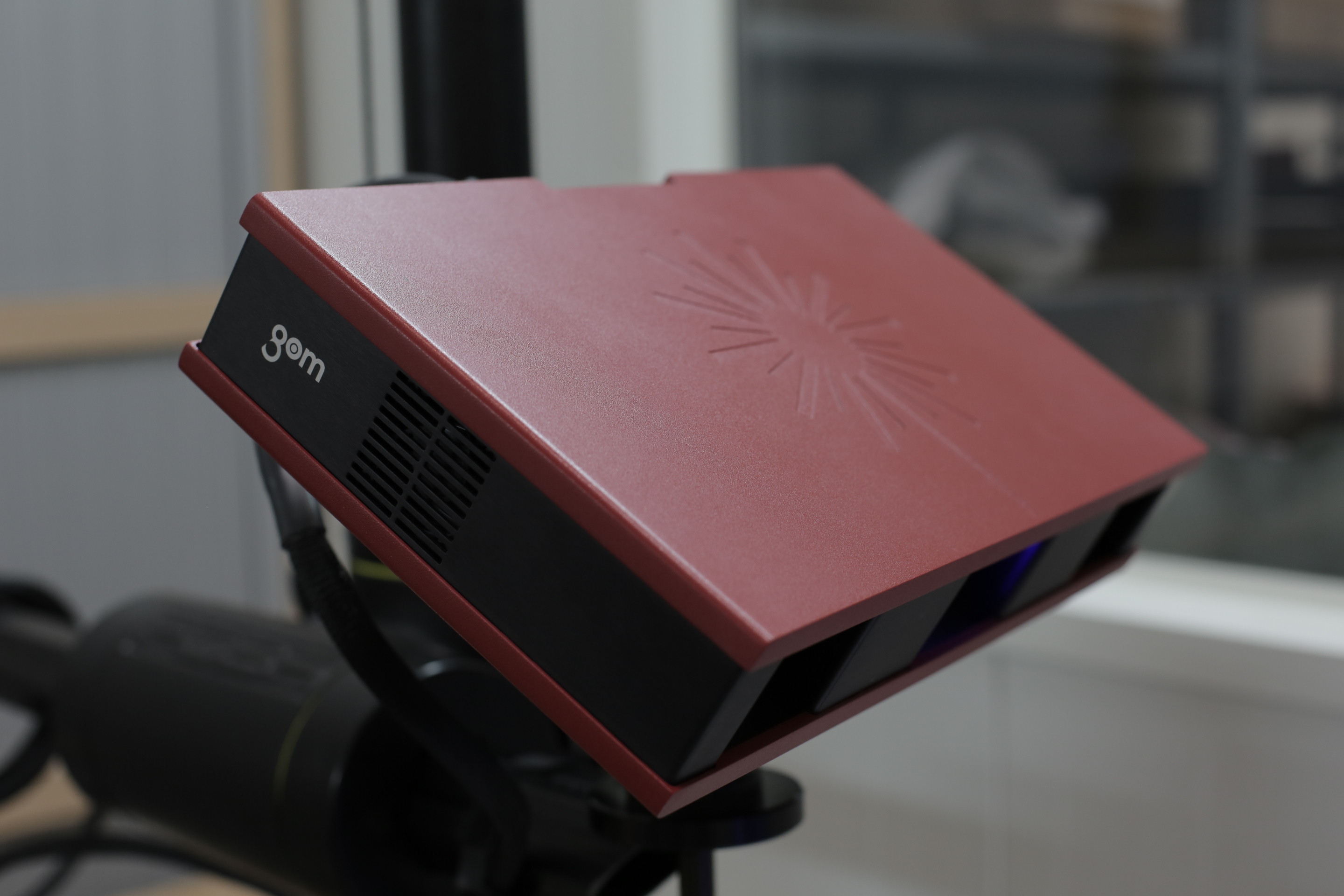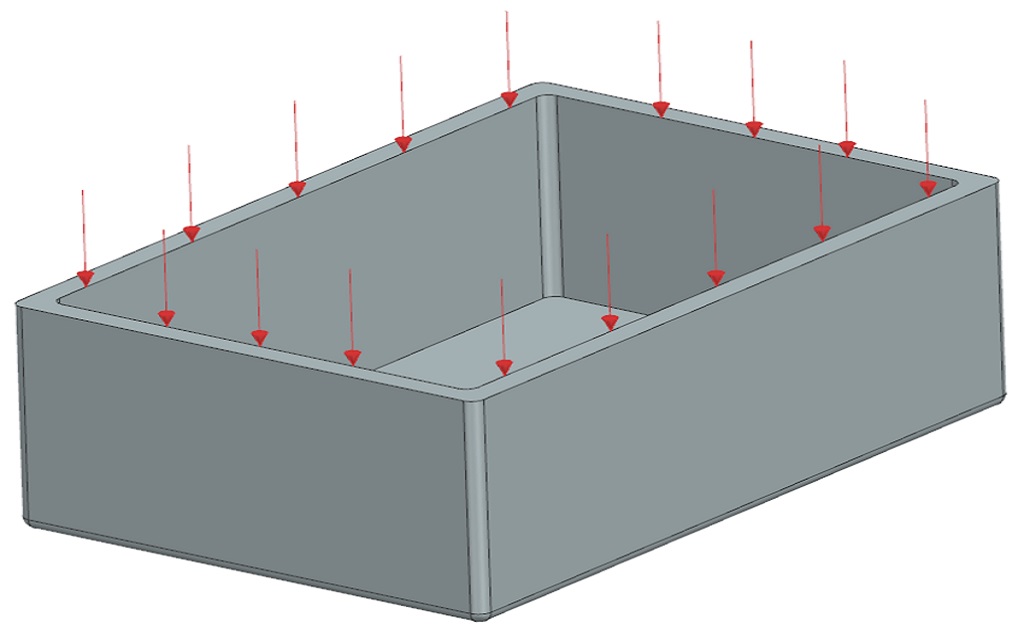Digital Twin is one of the fastest-growing technologies included in Industry 4.0. According to Grand View Research, a consulting company based in the U.S., the global value of this market will be as high as $156 billion by 2030. Today it is often associated with logistics and manufacturing, as well as the automotive industry and autonomous cars. What are digital twins and what applications can they have?
What is Digital Twin technology?
A digital twin is a mathematical model of a real product, device, system or even process in a virtual space that mimics the surrounding environment. Its creation requires acquiring physical data about the object being mapped. The 3D model can be built based on provided documentation or a laser scan.

Another element is the input of parameters describing the physical properties of the object and how it functions. The more accurate the data entered, the more reliable the results of the computer simulation will be. Then, thanks to a network of various Internet of Things (IoT) sensors deployed on the physical version of the object, Digital Twin receives and analyzes the data as it comes in, so that various types of tests and changes can be made in real time. The final important component of Digital Twin technology is the ability to monitor a real object or process to immediately catch anomalies and intervene if necessary. Digital Twin, as a concept that allows simulation of processes in a virtual space, is one of the most important pillars of Industry 4.0 today, right next to Big Data, the Internet of Things or the use of blockchain technology in logistics and manufacturing.
What benefits does Digital Twin technology provide?
The use of Digital Twin technology brings a number of tangible benefits to entrepreneurs. First and foremost, it allows for cost savings in building prototypes or testing their operation in reality. Making changes, analyzing and catching potential errors is done very quickly and at low cost. Automotive parts manufacturers, for example, can repeatedly check and modify models for performance, functionality or aesthetics. This allows them to move more quickly into mass production. Digital twins can be used not only to simulate the operation of individual machines or products, but also entire production lines or even complex logistics processes. Not only hardware, but also software may be mapped. Through the industrial Internet of Things and Big Data technology, it is possible to create an almost infinite number of scenarios that would not be possible to replicate in reality.
Building digital replicas of complete systems makes it possible to optimize performance at an early stage and prevent potential failures. In logistics, process modeling can be very helpful in building new supply chain management strategies and concepts, such as Lean Supply Chain Management. Digital Twin is also applicable in employee training, as it allows visualization of products and processes in an accessible way.
Examples of the use of Digital Twins technology in Industry 4.0

At Knauf Industries, we use digital twin technology, among other things, to prototype and design plastic injection molded and foamed plastic molded automotive parts. Our IDLab is equipped with a state-of-the-art 3D scanners, which allow us to accurately represent any existing part, its prototype or an entire assembly. Based on the digital 3D model and CAE software, we are able to propose optimization changes to the component, and then find a solution that works best in terms of production, use or cost. Digital Twin technology finds excellent application especially in the design and manufacture of returnable polypropylene (EPP) foamed transport packaging. The packaging can obtain special inserts and separators with cavities that correspond to the shapes of the goods being transported. We are also able to produce multi-material components with very high precision using the 2K two-component injection molding method. In addition, thanks to computer-aided CAD and CAE design, we can predict with a high degree of probability how a product will behave under various types of mechanical, thermal or time loads. Another helpful technology used in our laboratory is 3D printing. This way, we are able to provide our customers with added value at every stage of car production in the form of confidence that the manufactured part is fully compliant with all requirements and meets the customer’s expectations.
Digital twins in manufacturing and logistics – historical perspective
Today, the development of many fields would not be possible without the use of digital twins. Tesla, for example, creates digital twins of all the cars it sells, collecting real-time data from a dense network of sensors. The data sent to the cloud is used by artificial intelligence algorithms to predict possible faults and failures in the cars. For the manufacturer, this means lower costs of servicing, while for the customer, it means greater certainty and reliability. The technology also helped in the design of Maserati cars. In this case, it reduced costs and production time by as much as 30%. Digital twins have even infiltrated Formula One racing, where they help improve the cars of the McLaren and Red Bull teams. This technology not only avoids the waste of very expensive parts and materials, but also protects human lives even more effectively. Digital Twin is also finding excellent applications in modern logistics. DHL uses digital twins to create a virtual map of its own warehouses along with complete supply chains, resulting in improved efficiency in their operations.
Digital twins in manufacturing and logistics – historical perspective
The technology of digital twins is nothing new, as it dates back to the 1970s. It originated at NASA, which created a digital replica of the Apollo 13 spacecraft and conducted a series of tests on it to enable astronauts to return safely to Earth. NASA is still successfully using and developing the technology today, for example, in testing capsules. In contrast, the application of digital twin technology in the industry originated at the laboratory of Professor Michael Grieves of the University of Michigan. In 2002, he proposed using it in end-to-end product lifecycle management systems. The name "Digital Twin" itself first appeared in 2010 in NASA's annual reports, and was then widely popularized by companies and scientific institutions actually applying the technology. Today, digital twins are no longer just a futuristic concept – thanks to the existence of Internet of Things sensors and the ability of software to process considerable amounts of data to run various types of simulations, they have become an everyday reality for many companies willing to apply technological innovations. On a daily basis, they contribute to streamlining their operations, developing robotization and production automation, and eliminating costly errors.